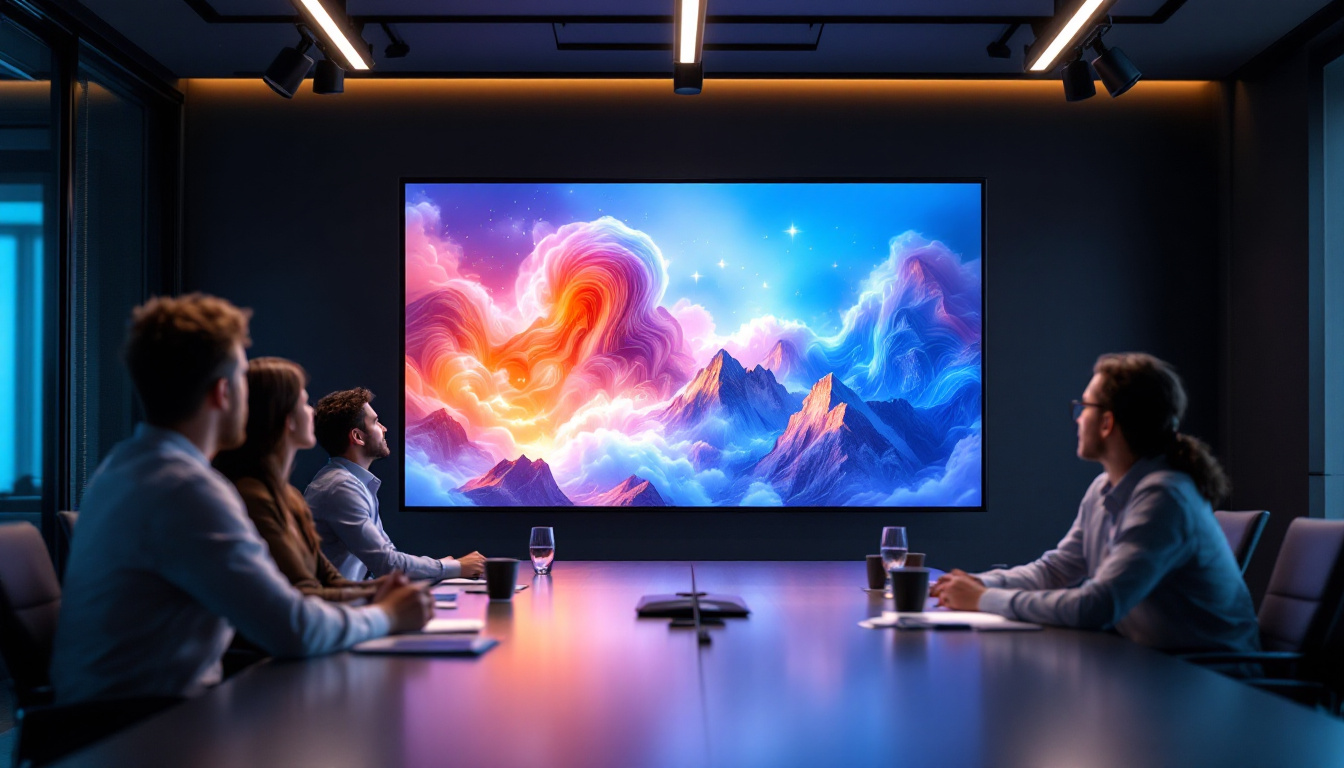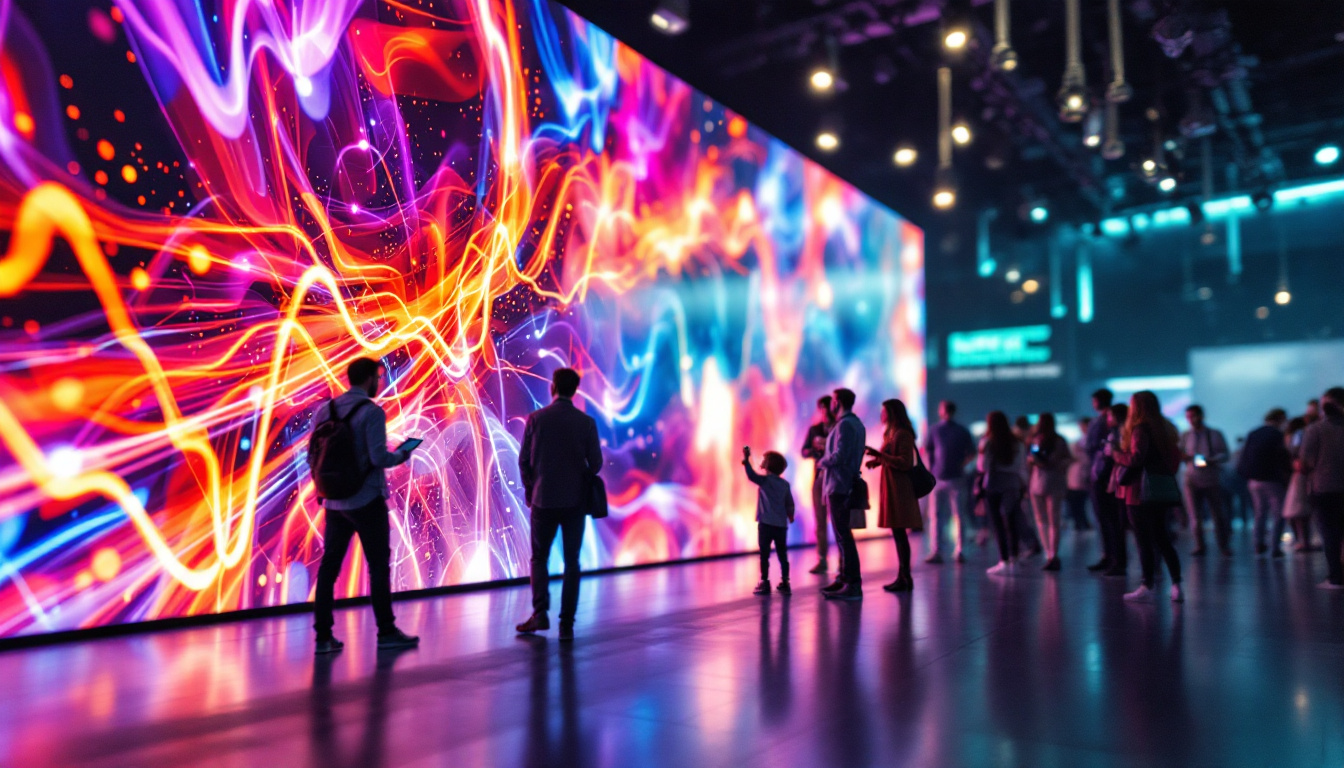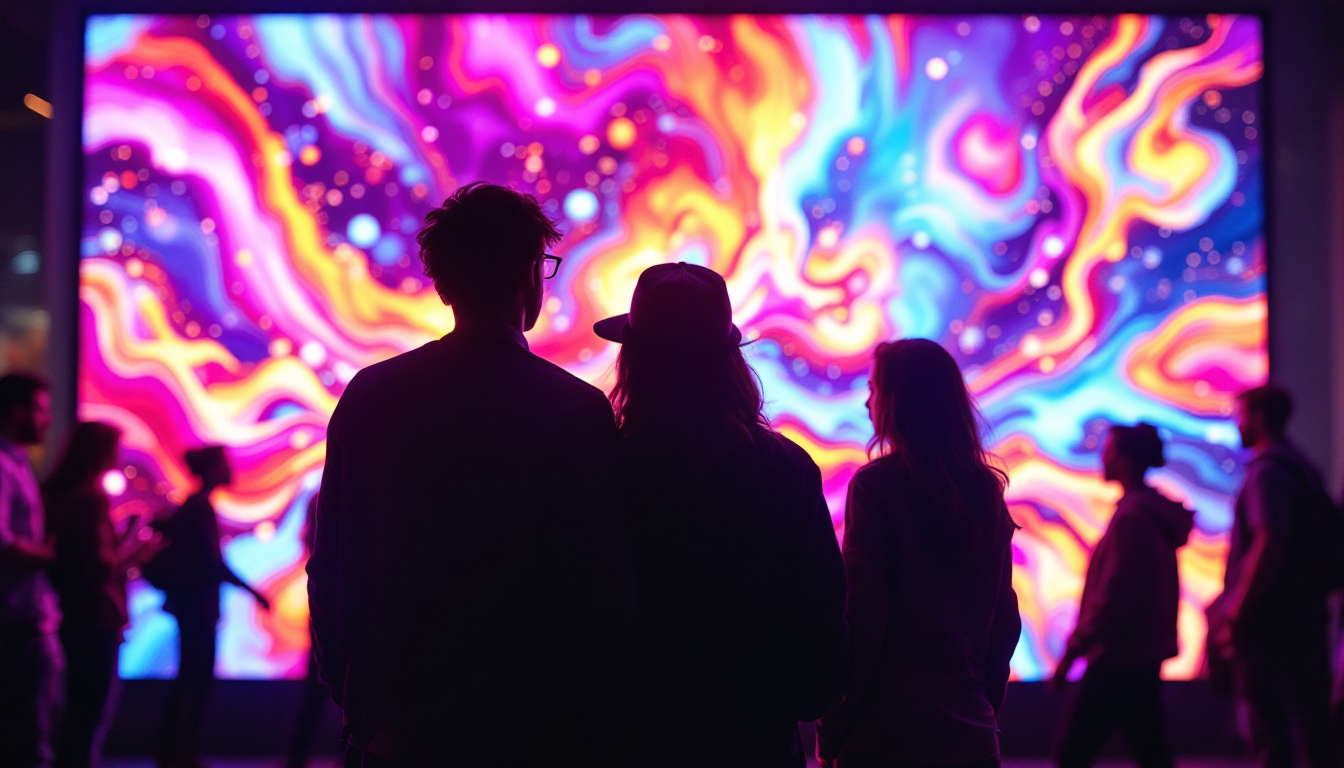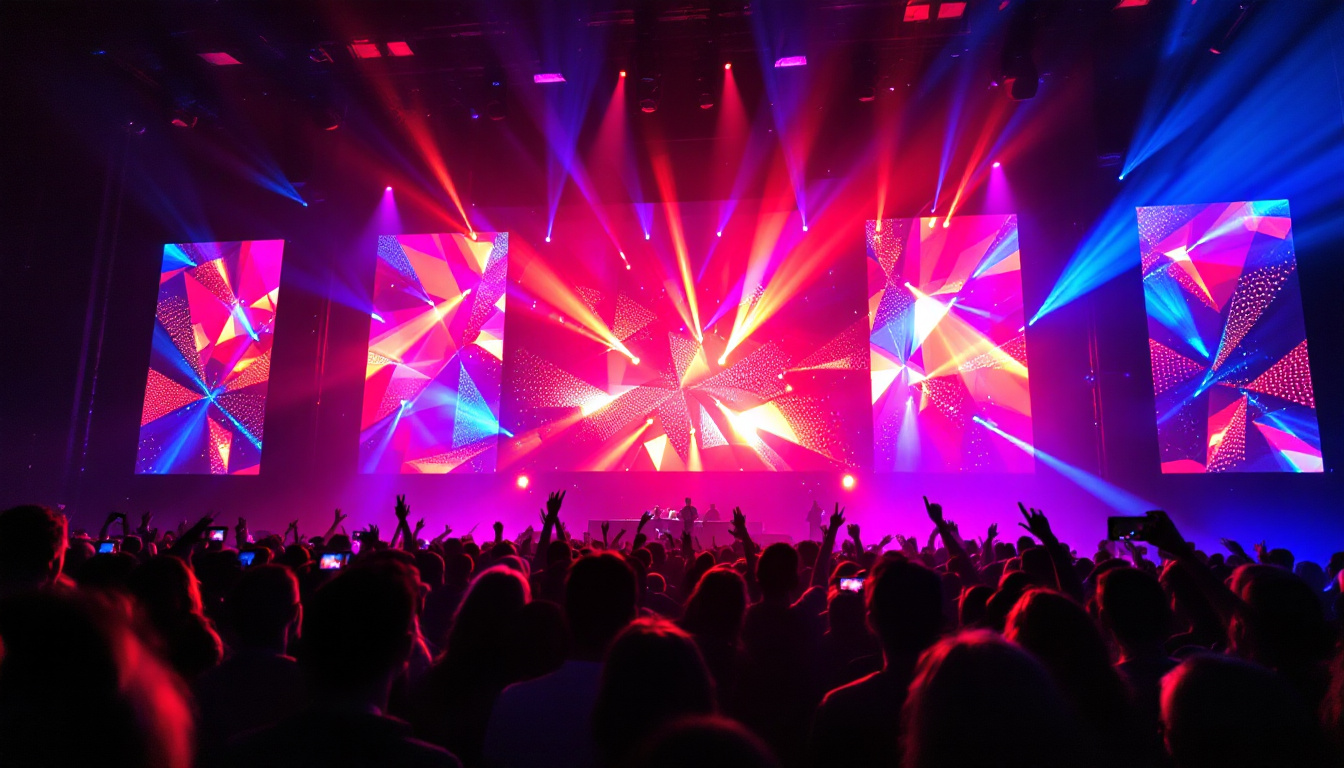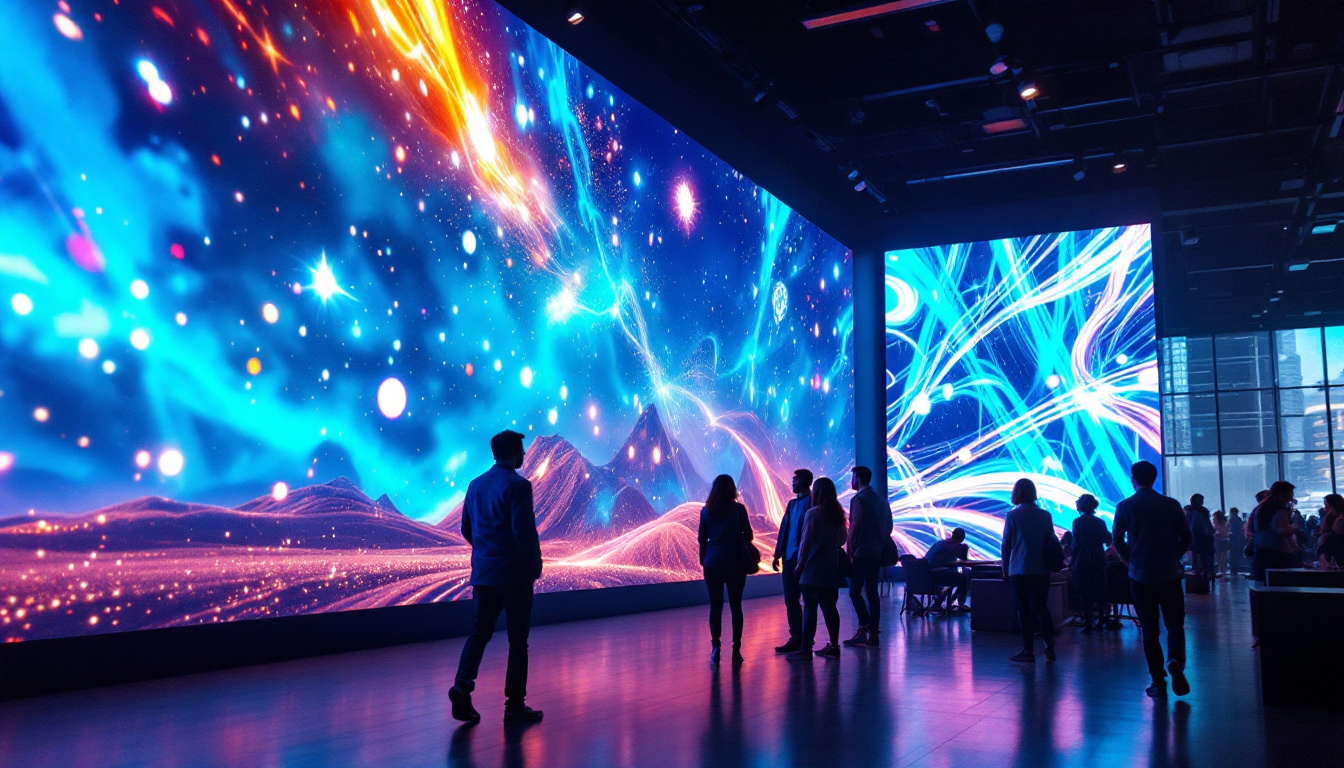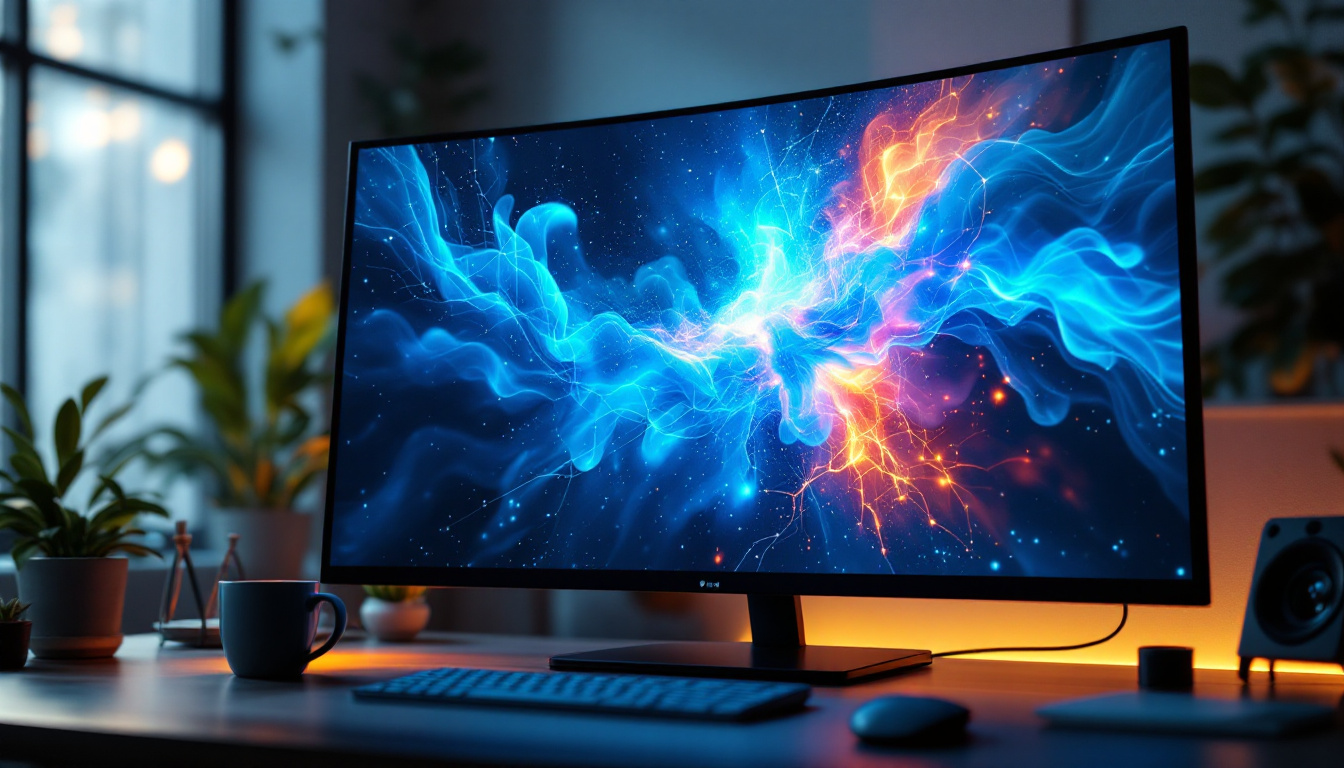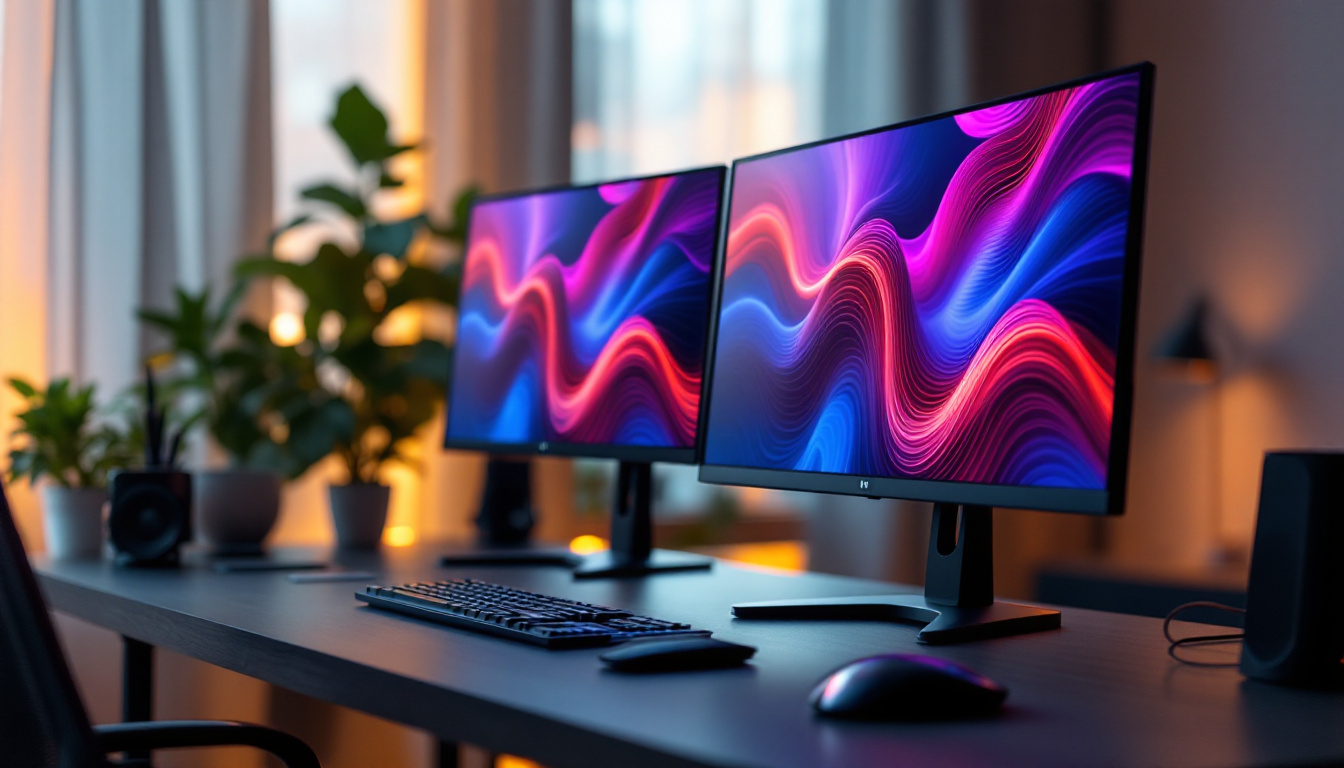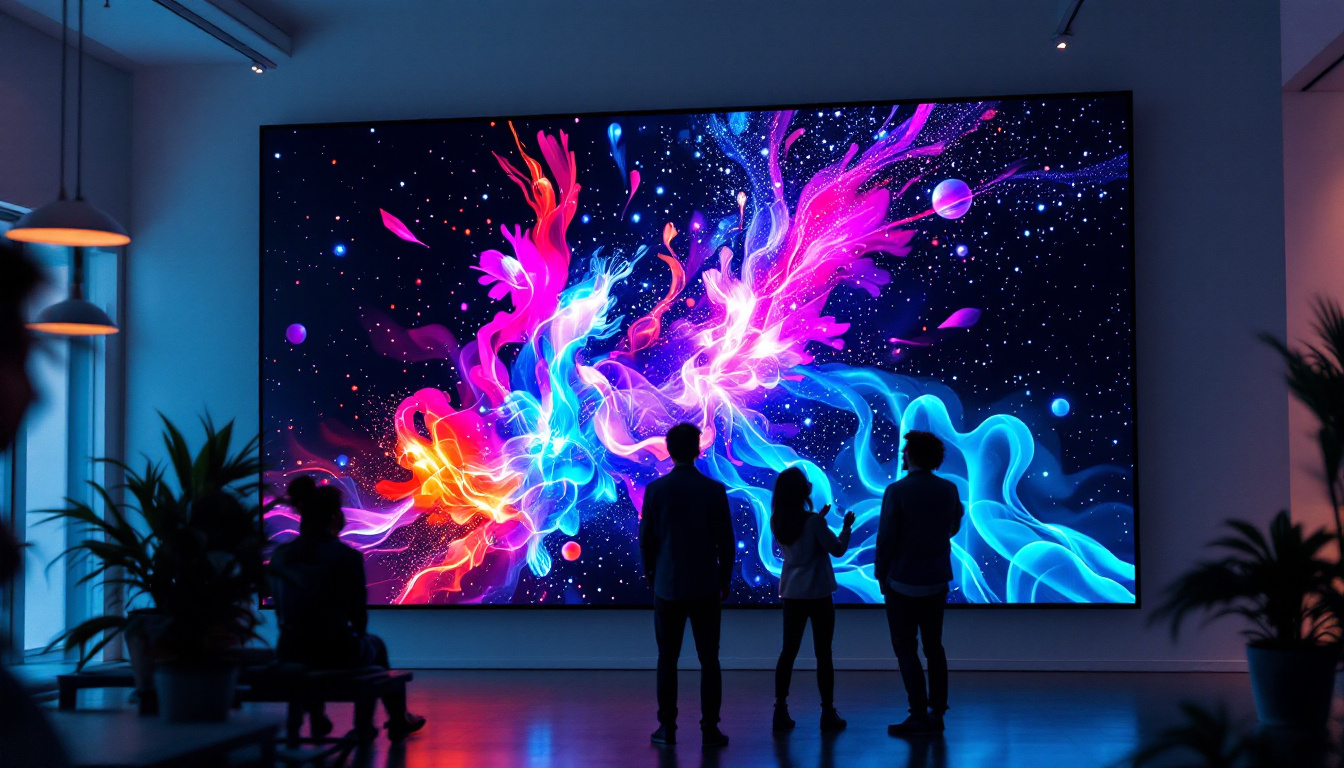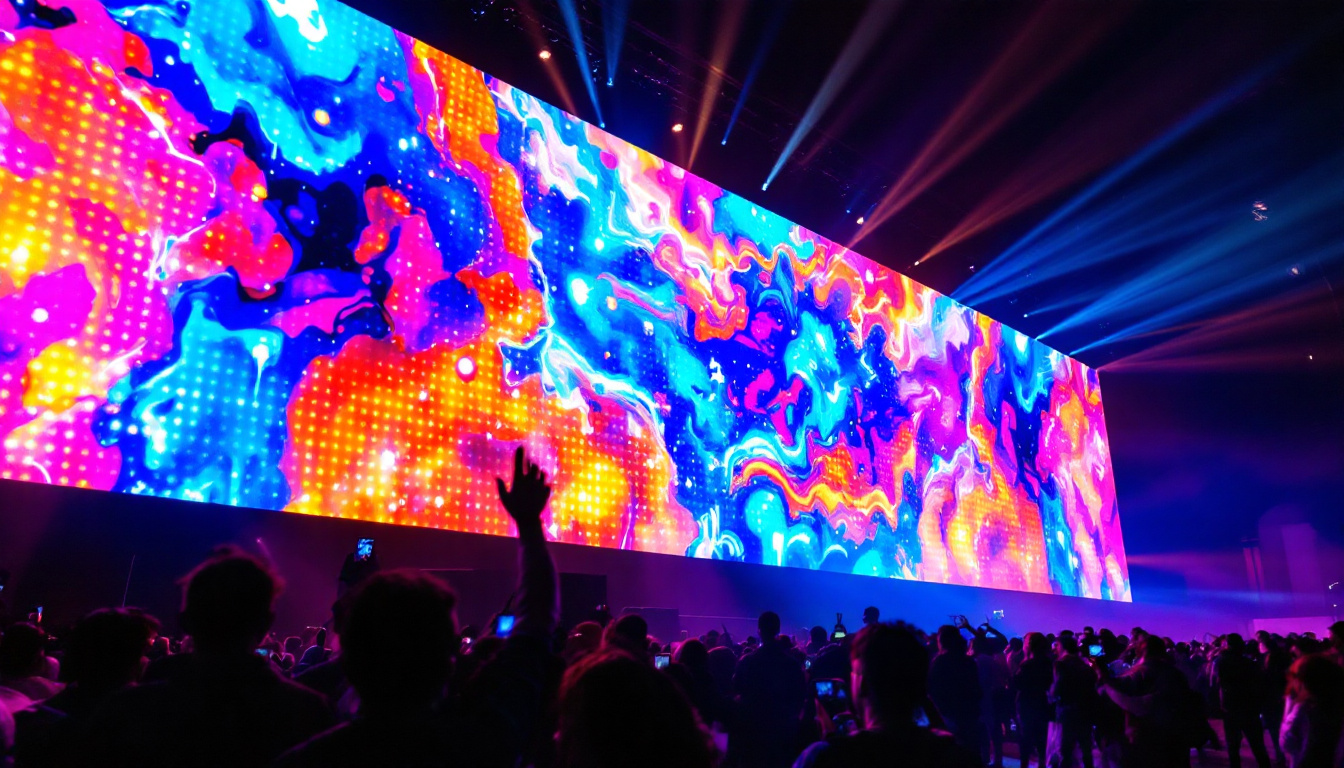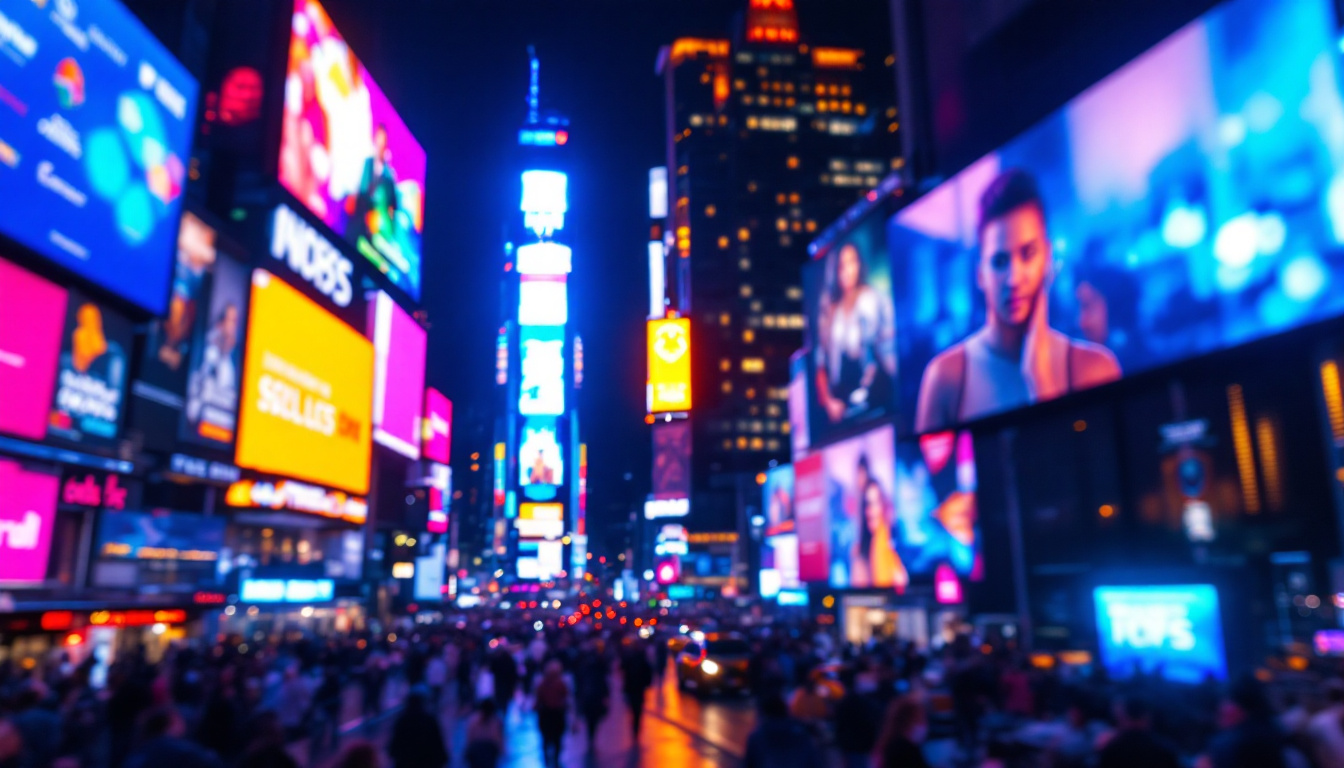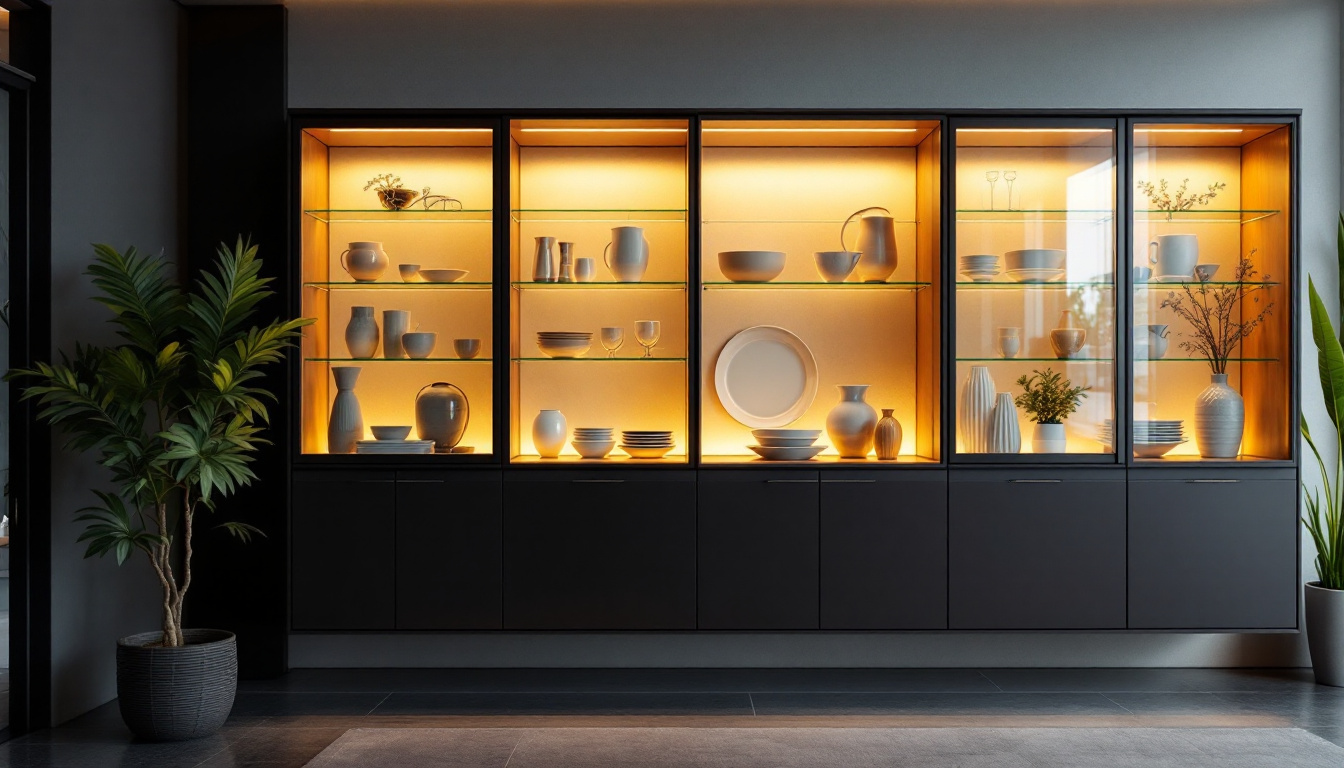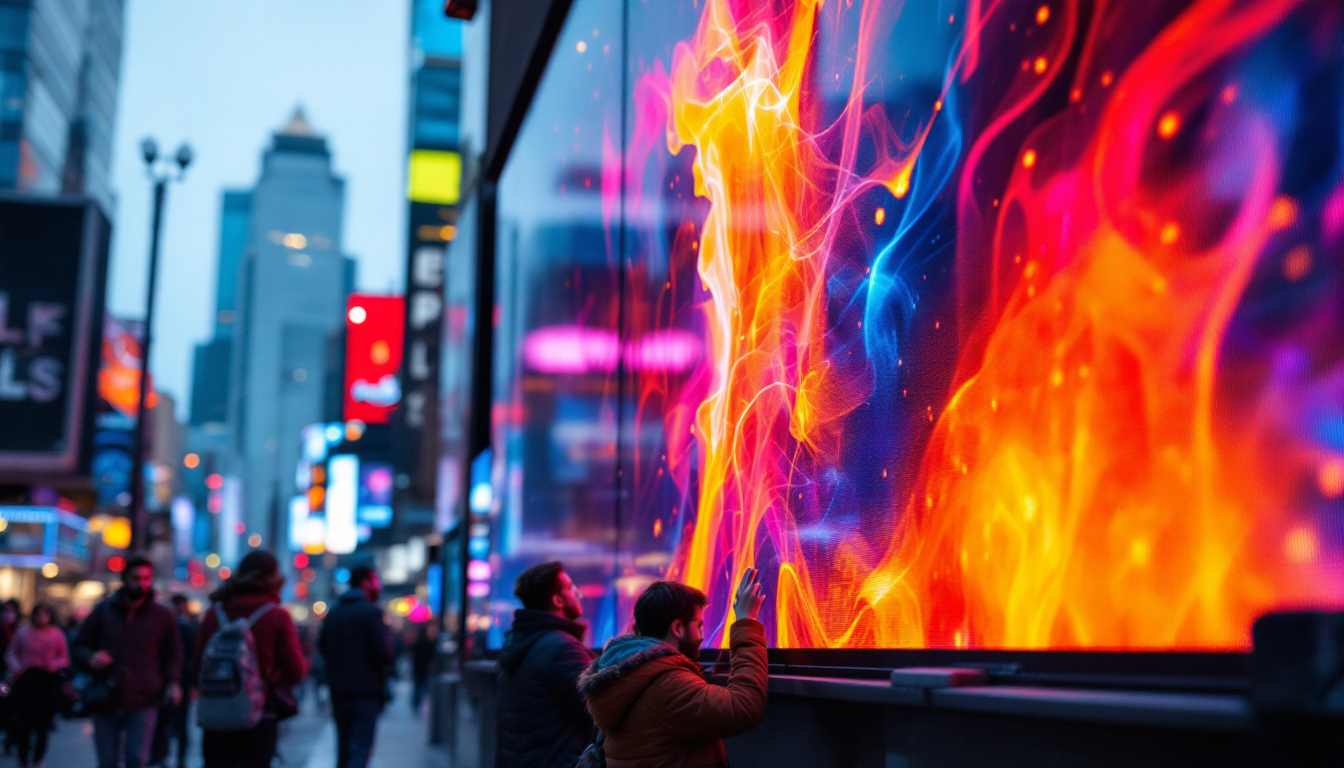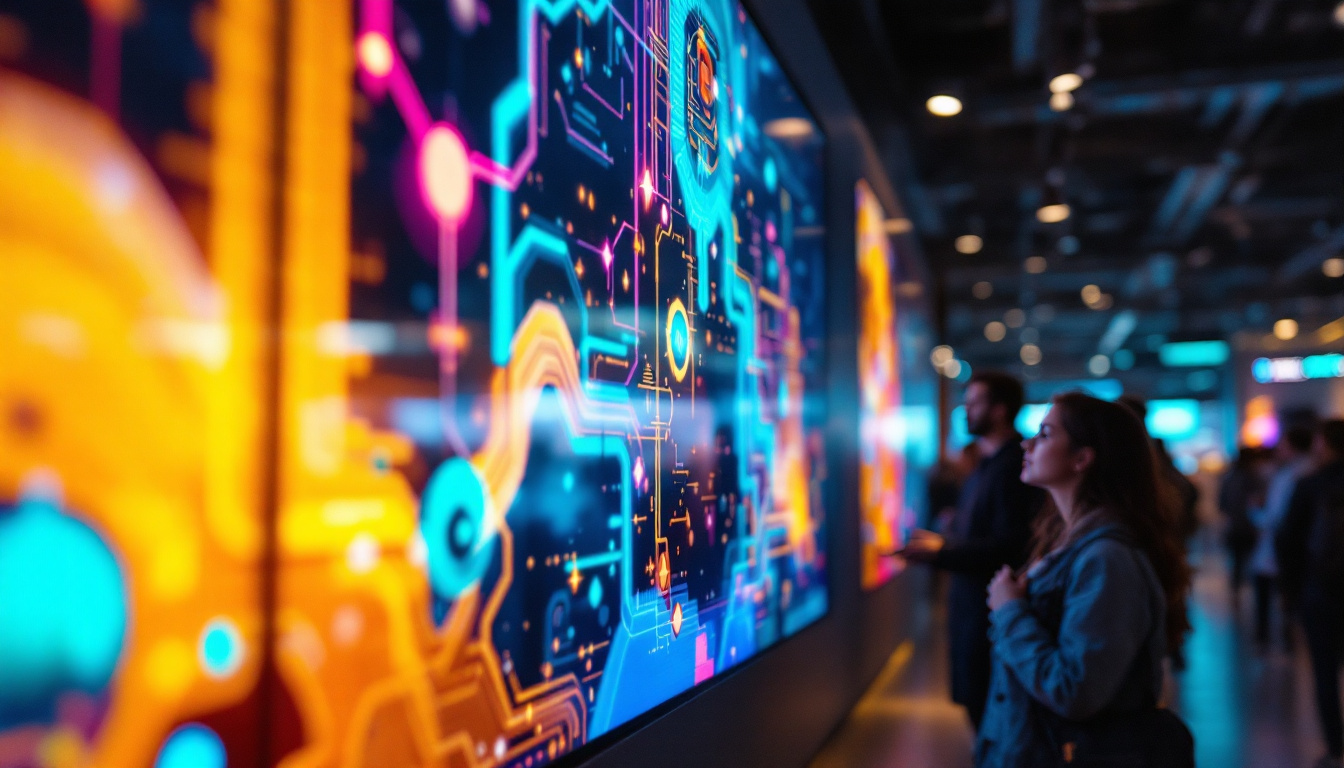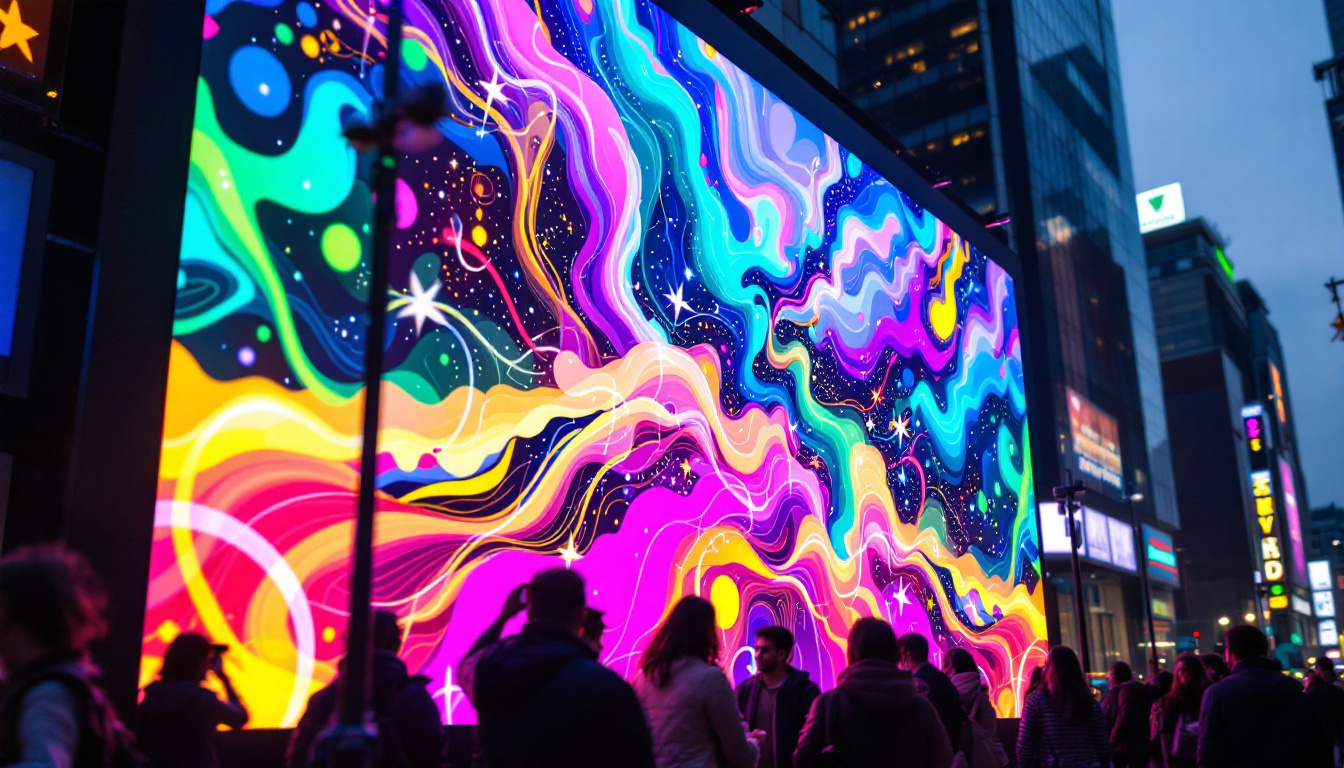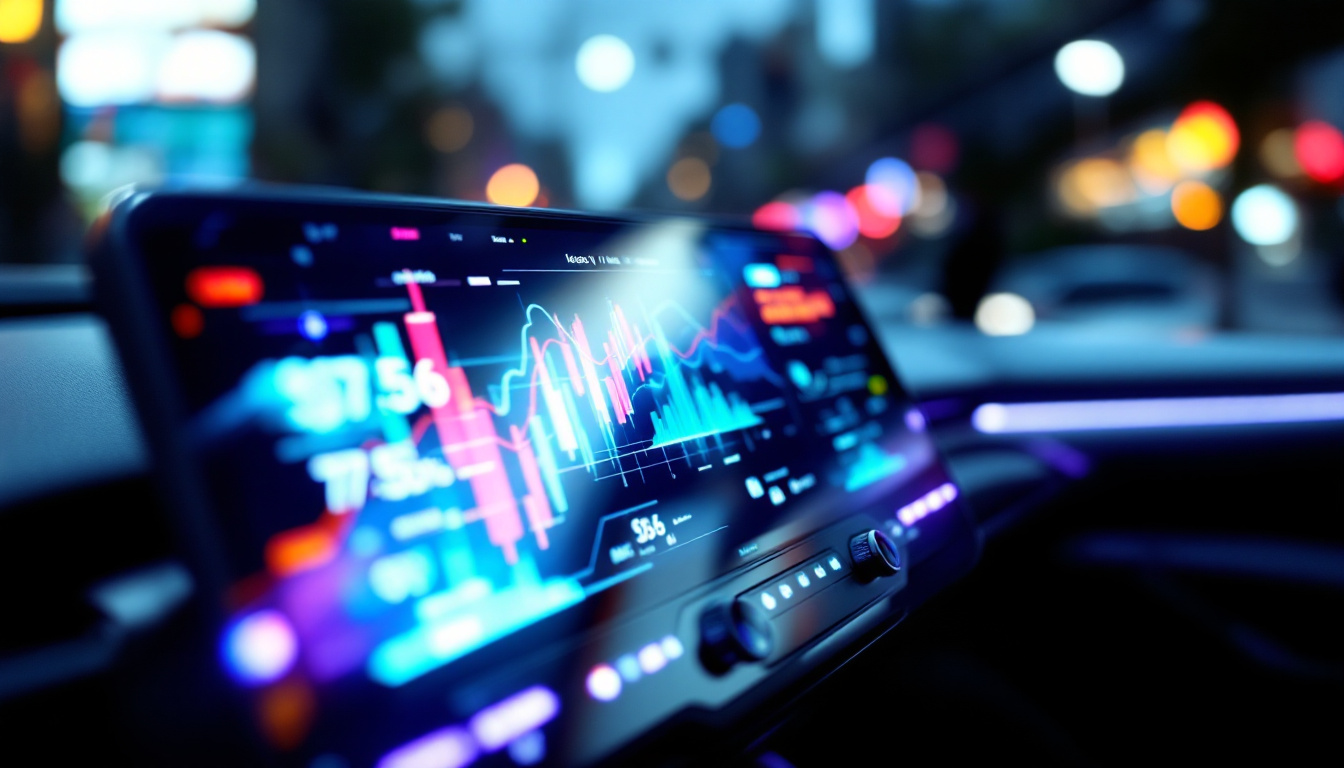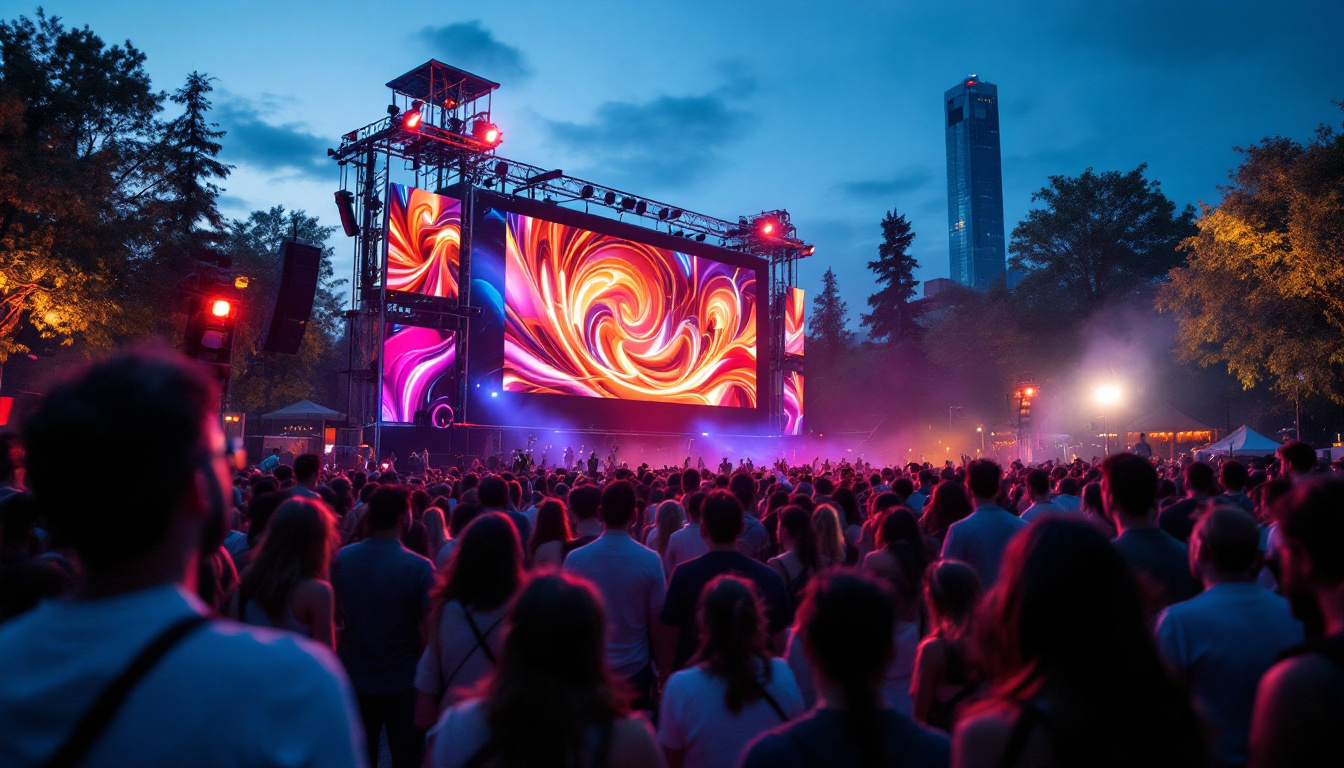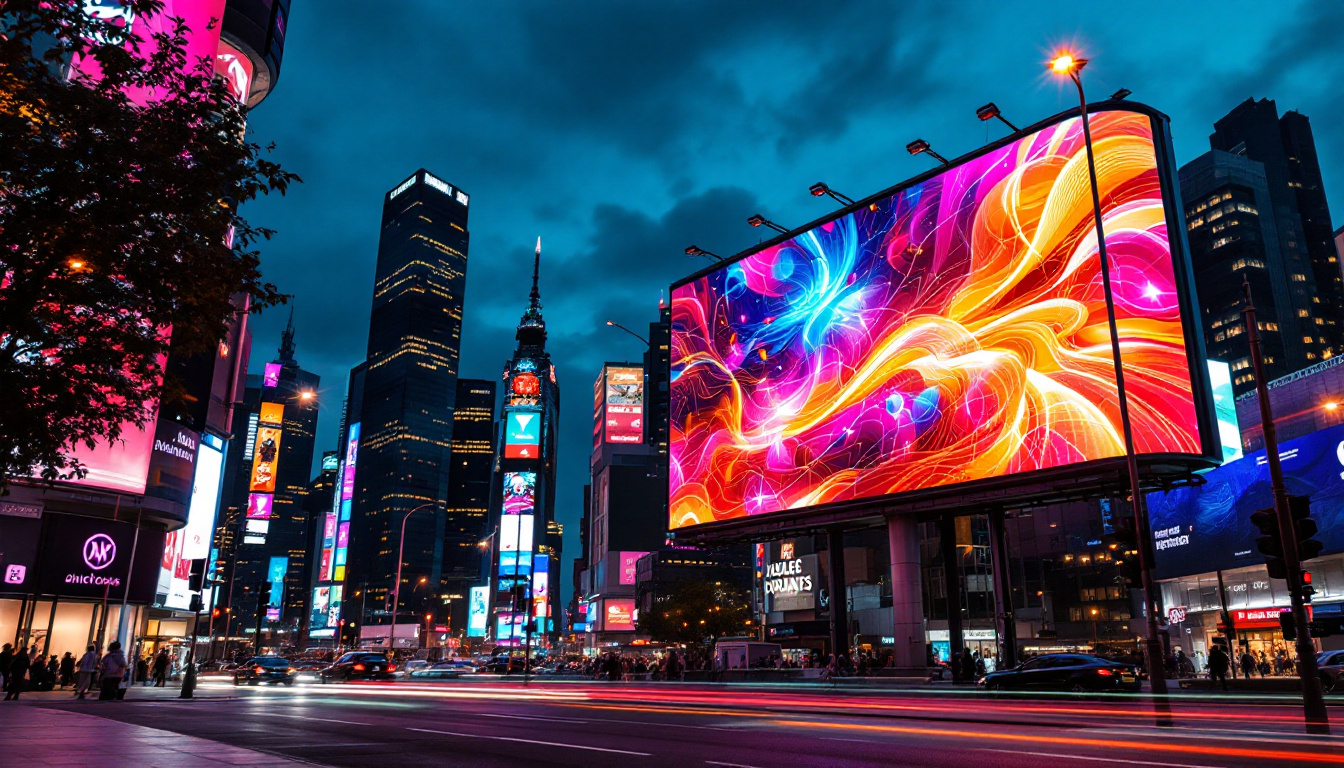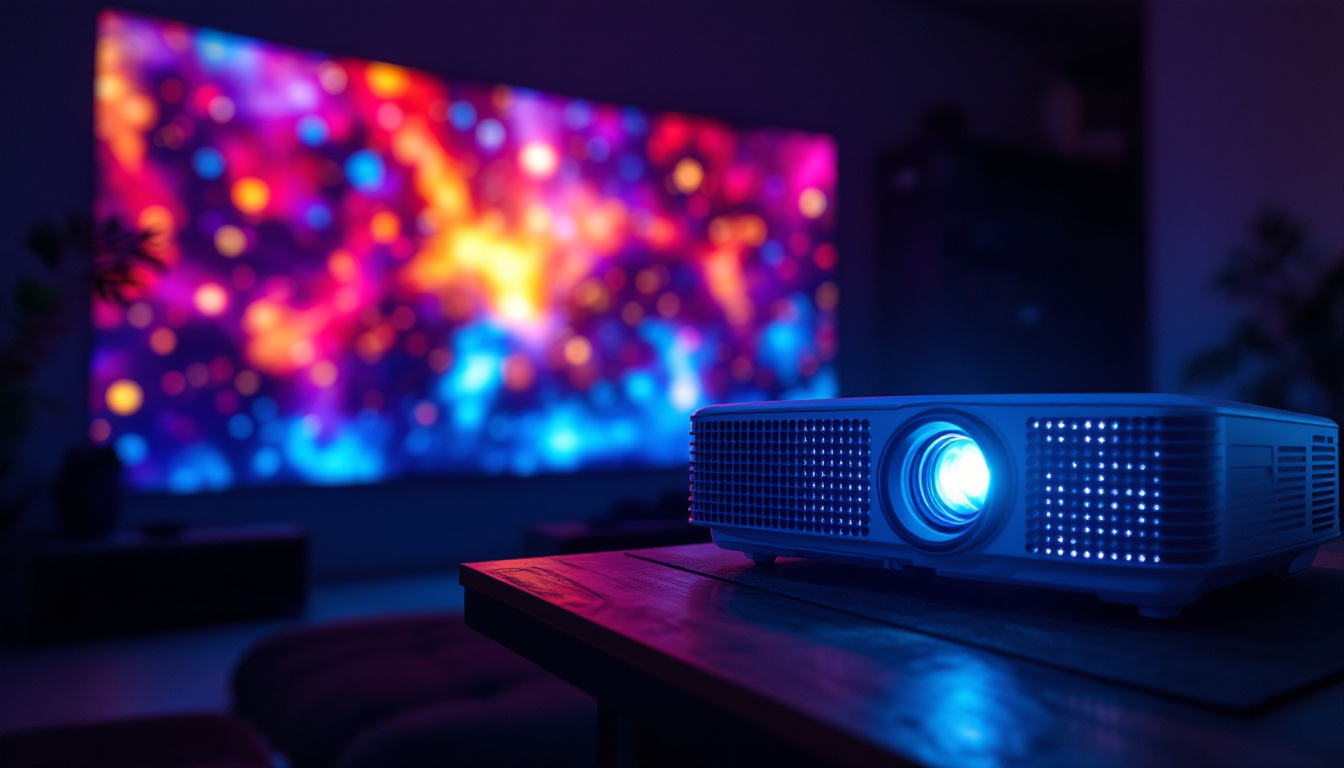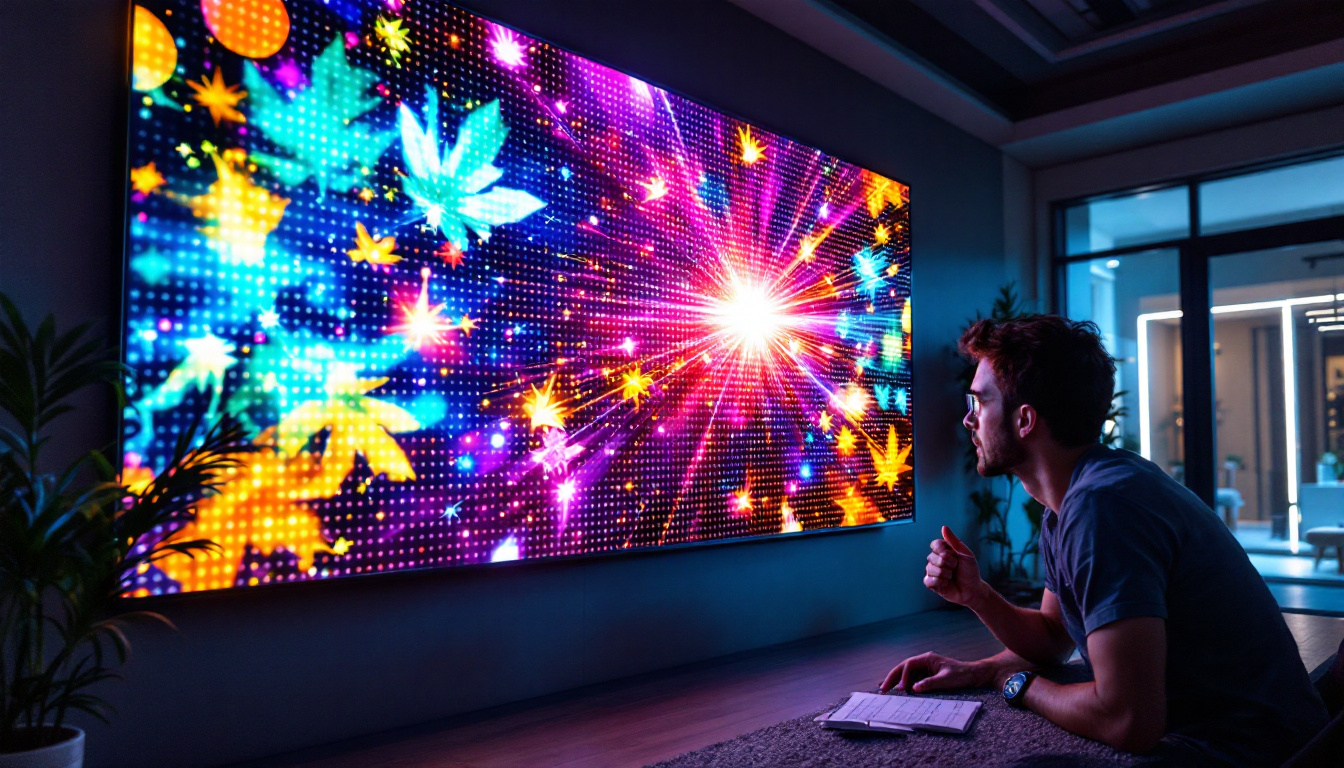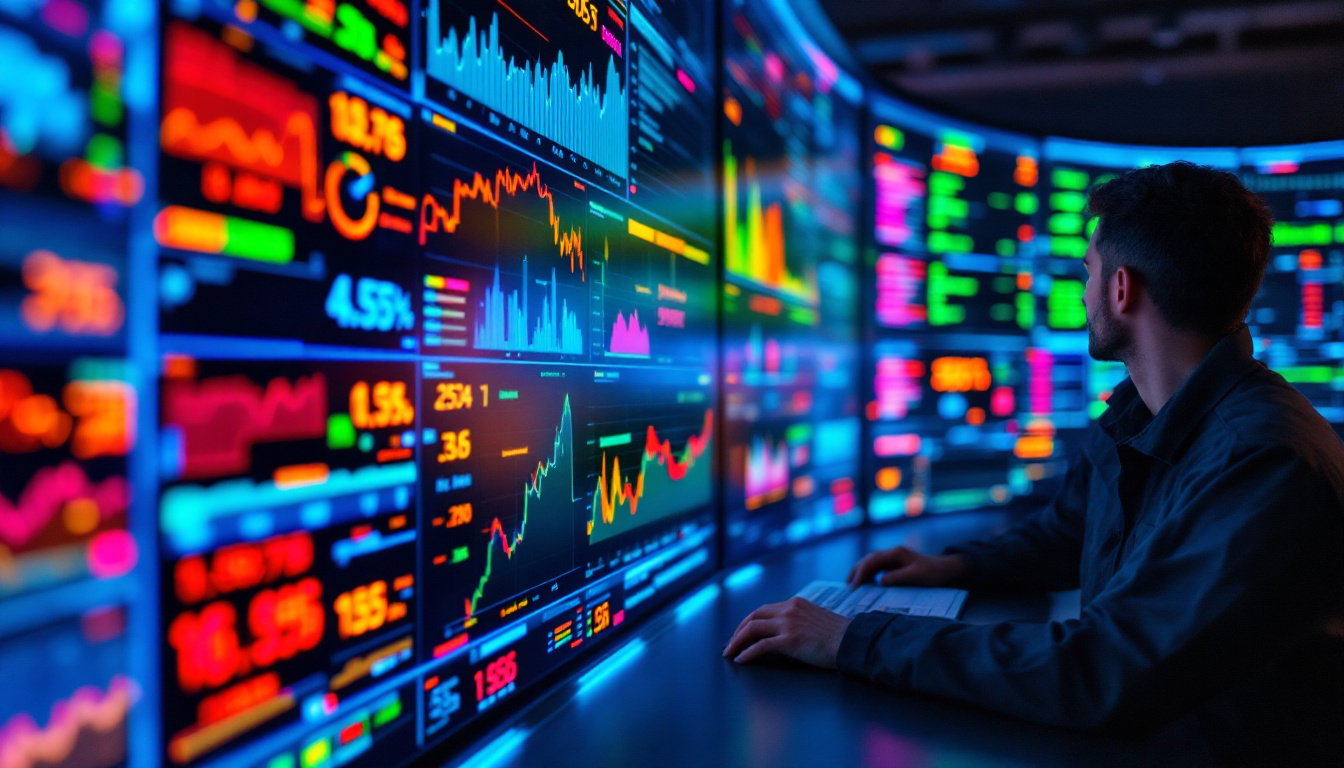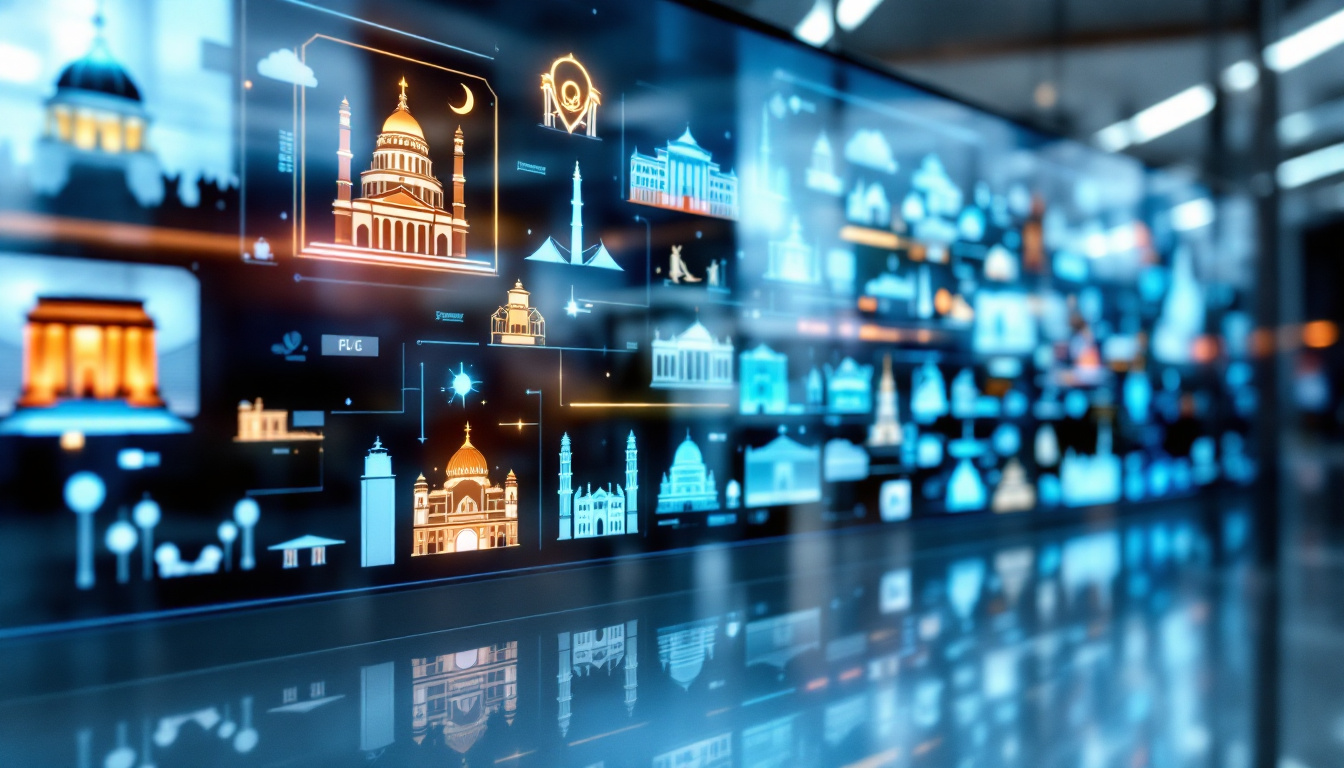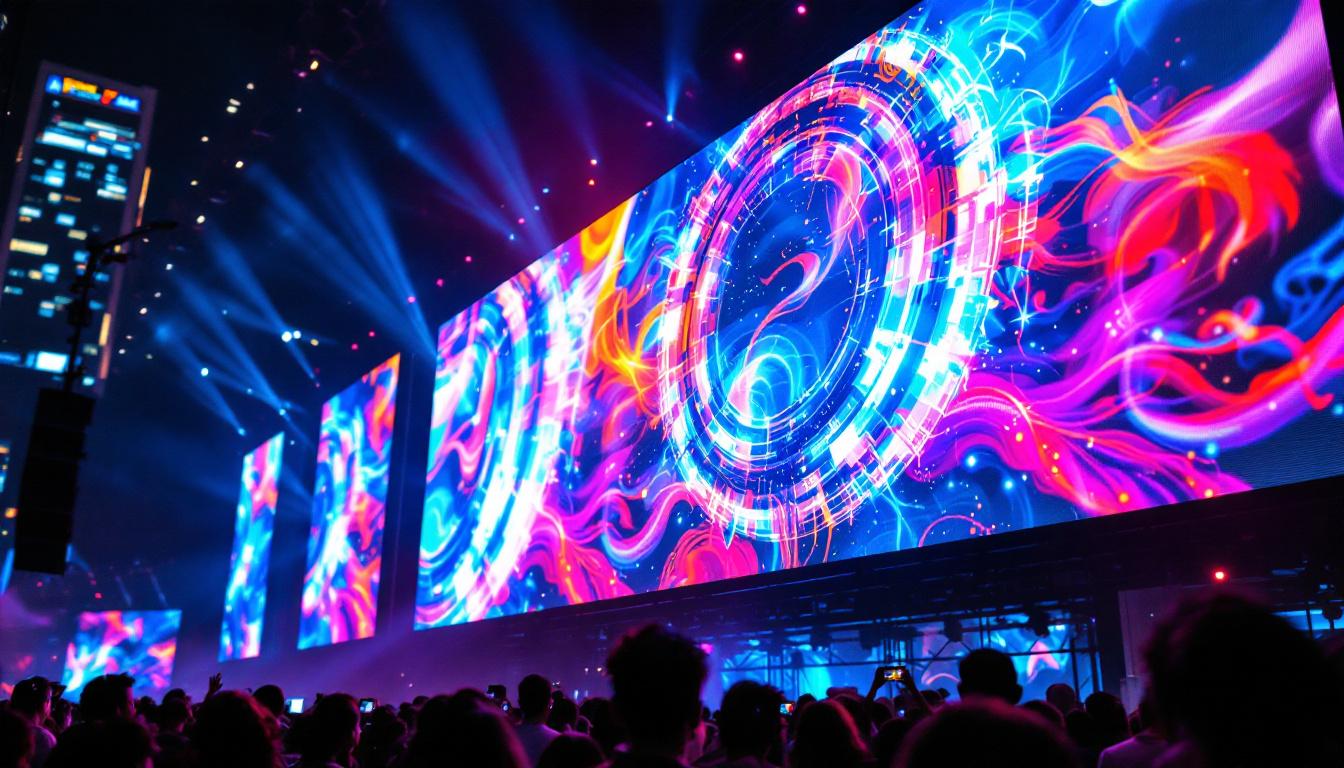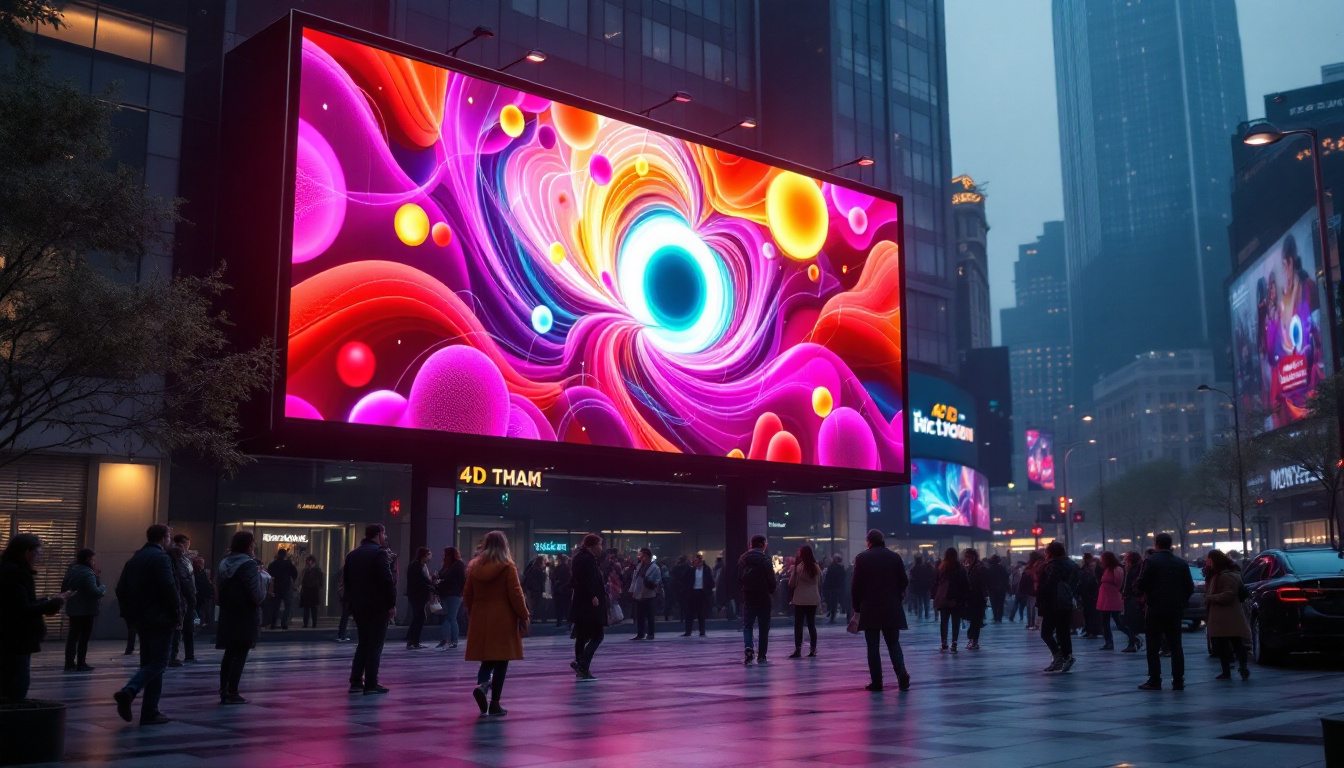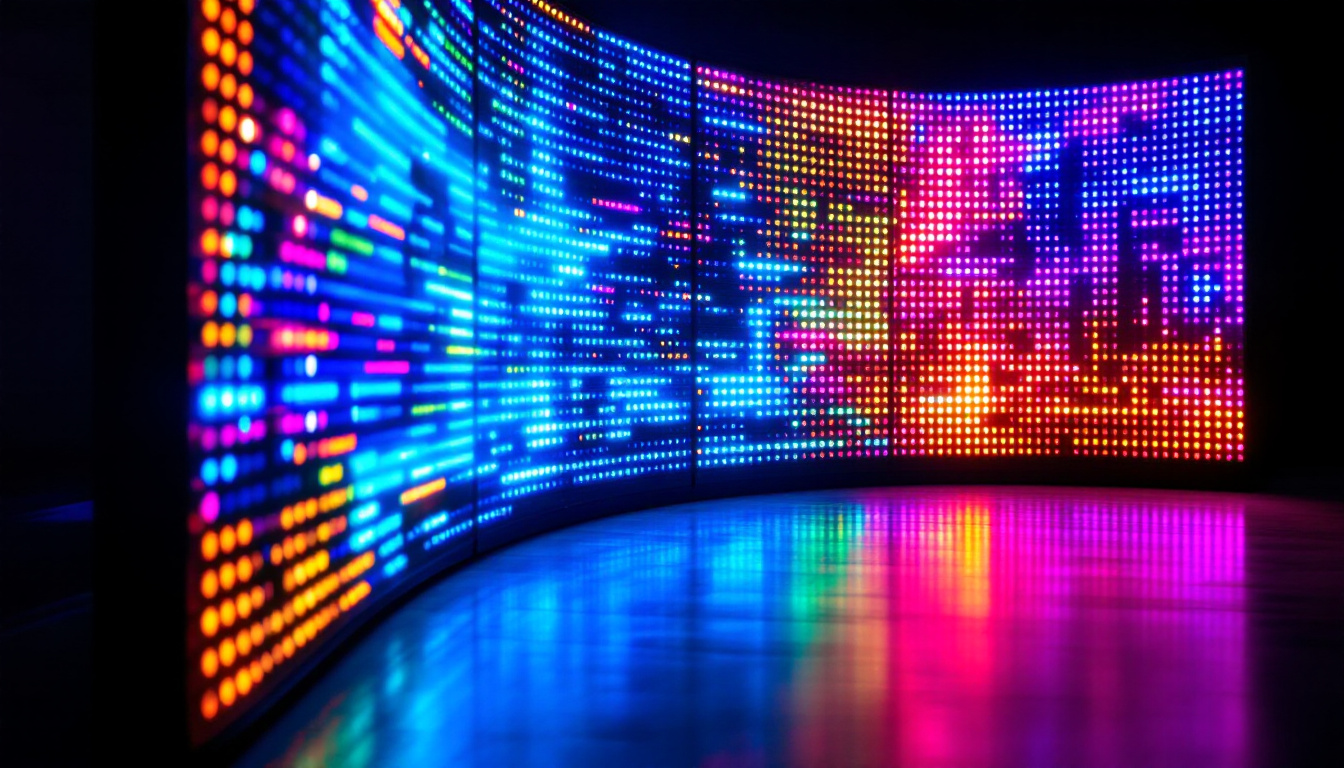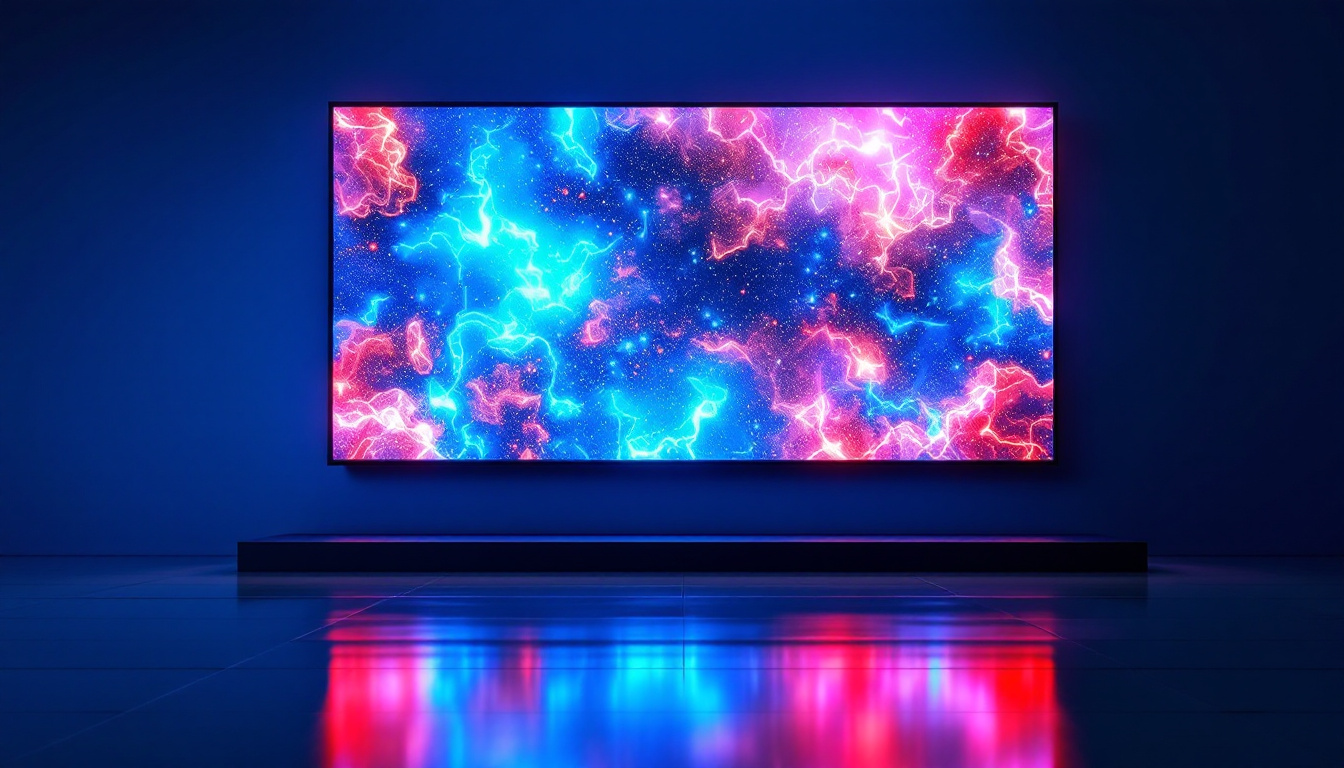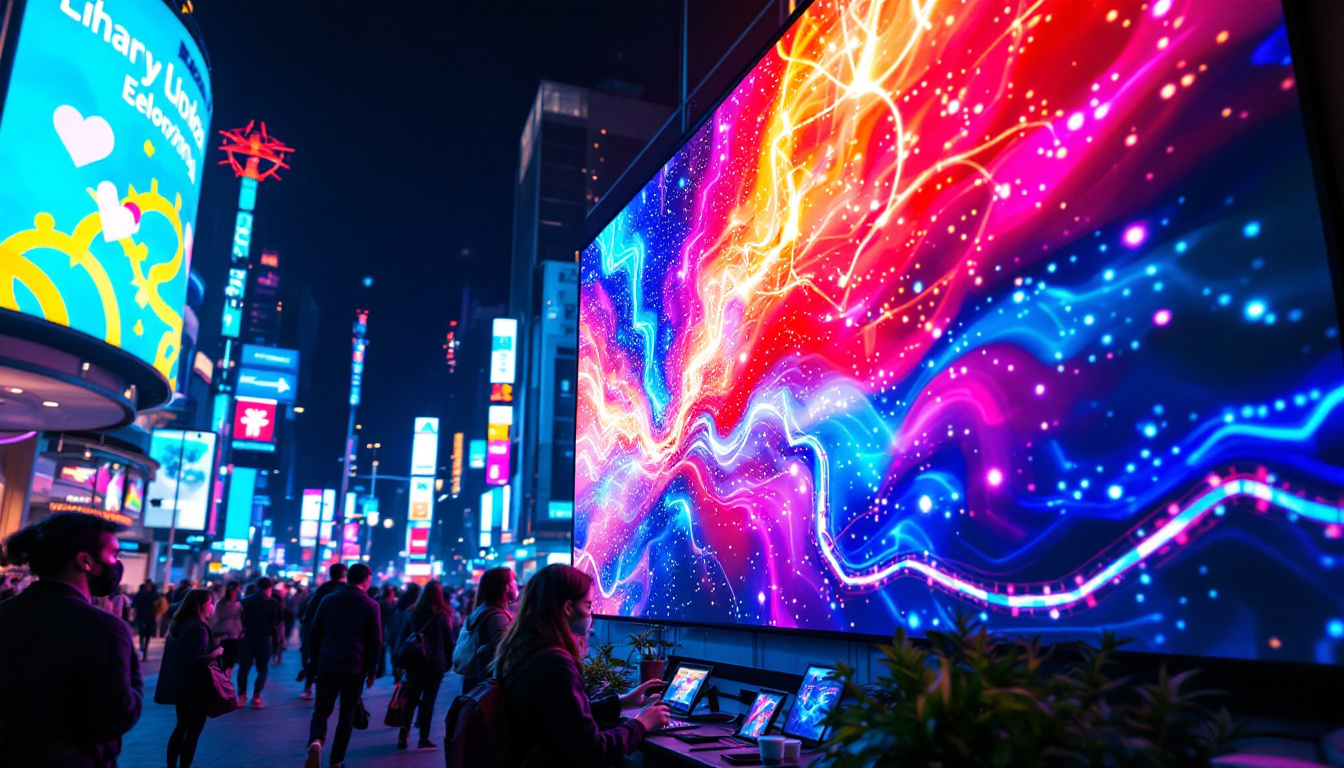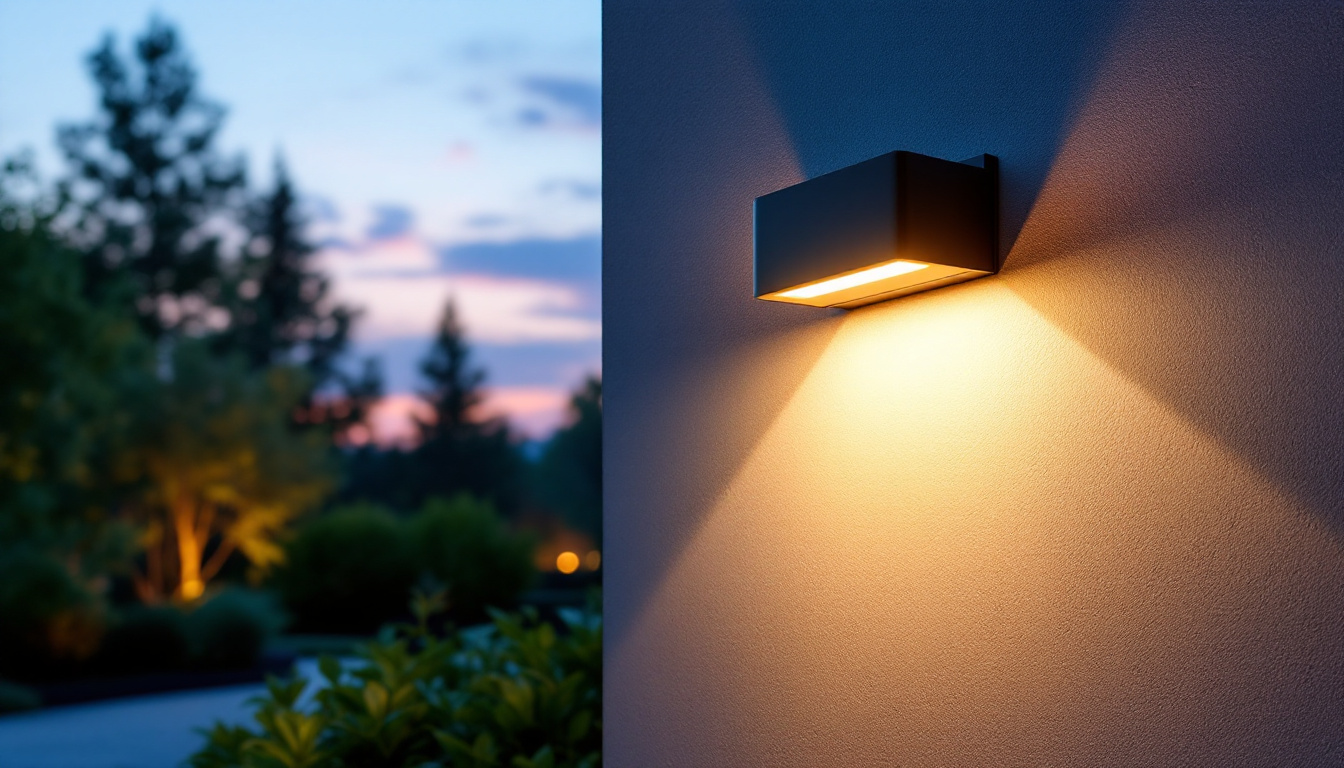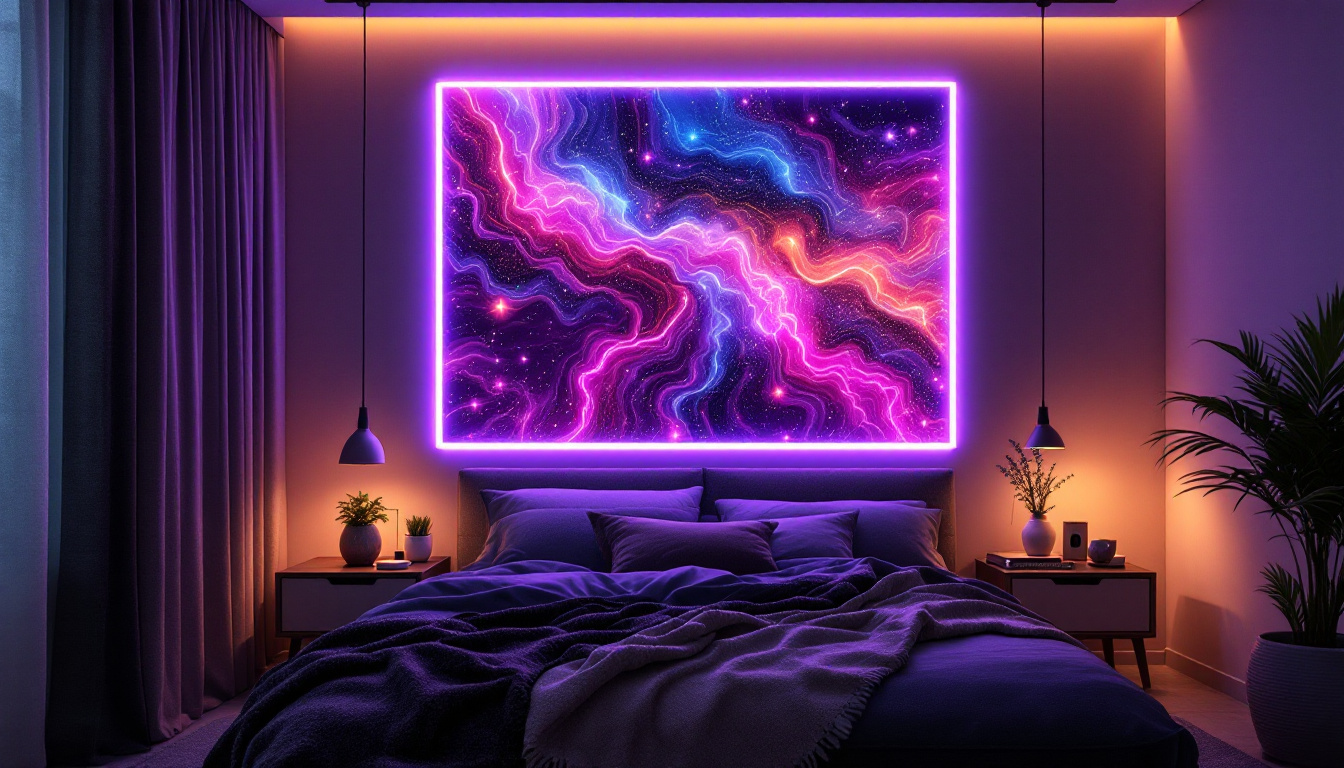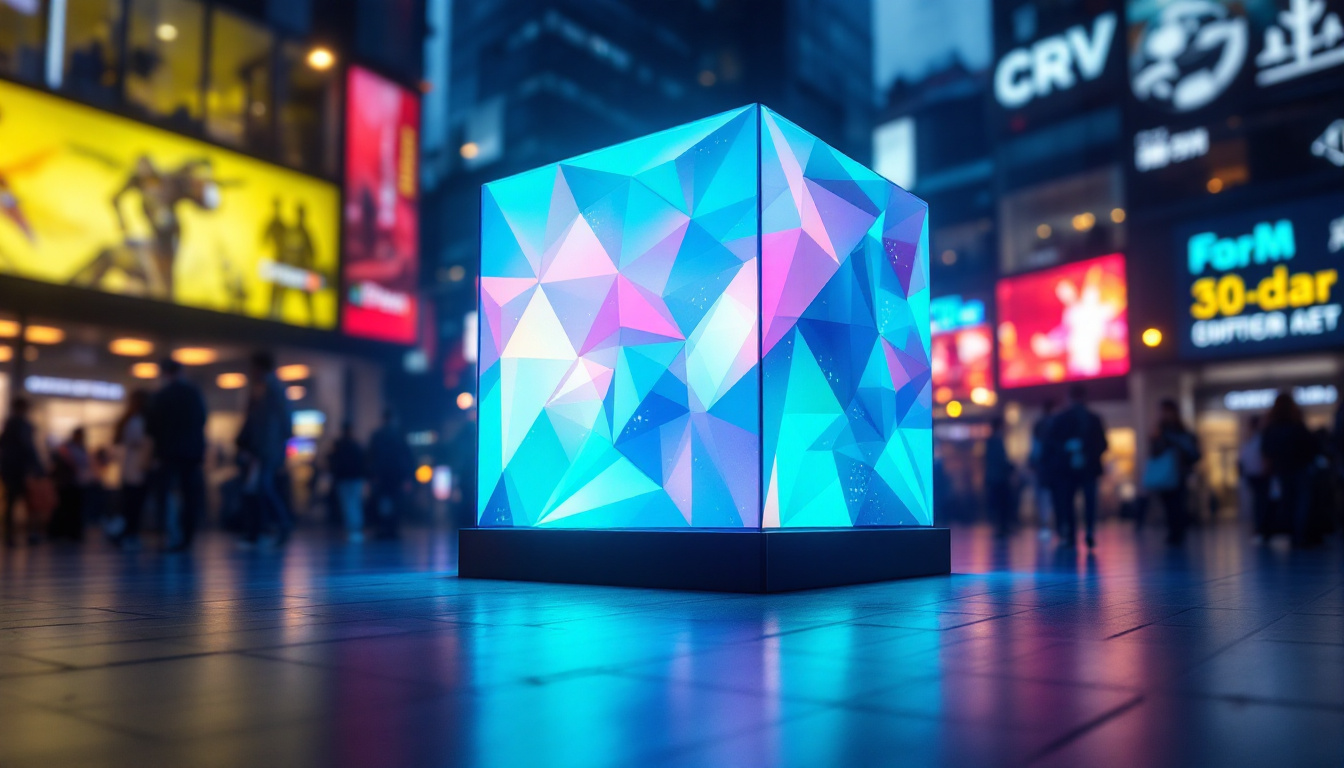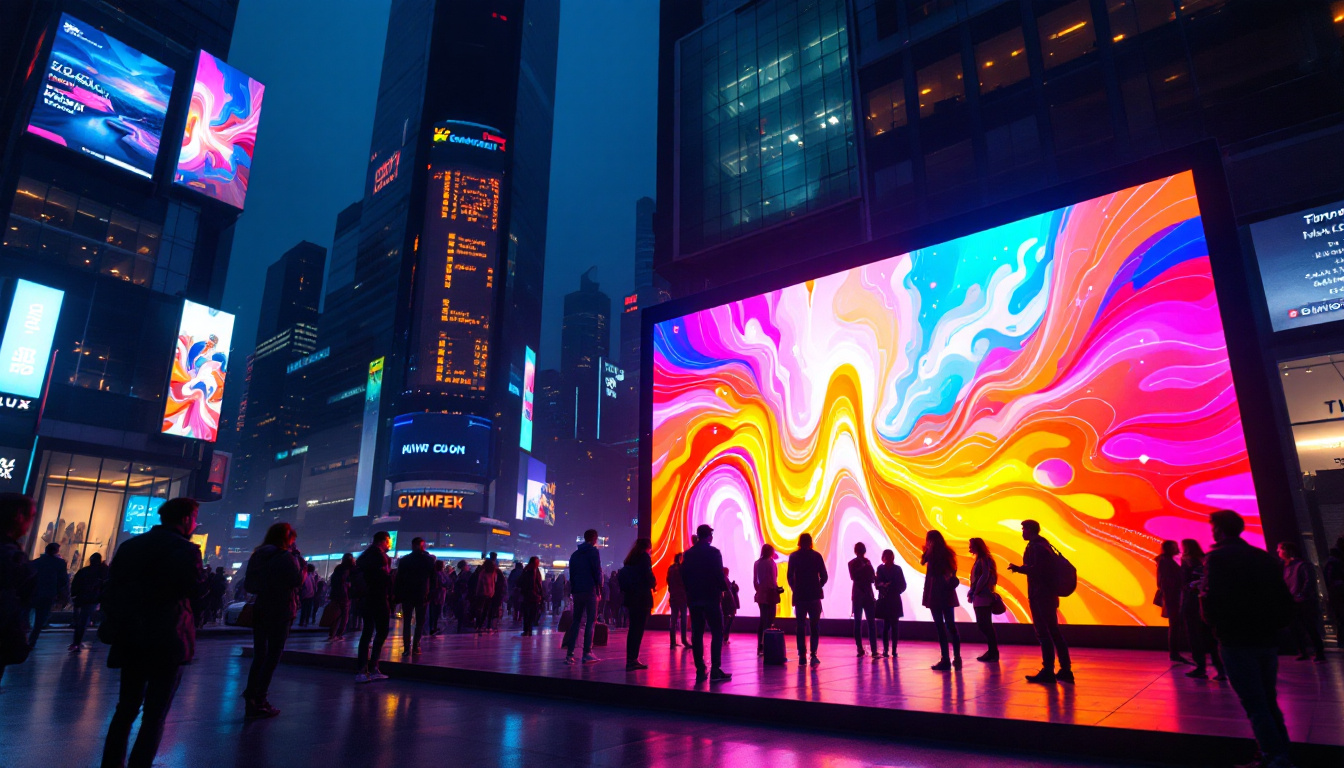In today’s fast-paced business environment, the demand for effective communication tools has never been higher. One such tool that has gained immense popularity is the LED display. As companies increasingly seek conference rooms for rent equipped with advanced technology, understanding the role of LED displays becomes essential. This article delves into the significance of LED displays in conference settings, their advantages, and how to choose the right one for your needs.
Understanding LED Displays
LED displays, or Light Emitting Diode displays, are a type of flat panel display that uses LEDs to produce images and videos. These displays are known for their vibrant colors, high brightness, and energy efficiency. In conference rooms, they serve as powerful visual aids that enhance presentations and facilitate communication. The ability to display dynamic content in real-time makes LED displays particularly effective in engaging audiences, whether in corporate meetings, educational settings, or large-scale events.
How LED Displays Work
At the core of an LED display is a matrix of tiny light-emitting diodes. Each diode can emit different colors, allowing the display to create a wide range of images. The combination of red, green, and blue diodes produces the full spectrum of colors seen on the screen. This technology allows for high-resolution images and videos, making them ideal for professional settings. Additionally, advancements in LED technology have led to improved color accuracy and refresh rates, ensuring that moving images appear smooth and lifelike, which is crucial during presentations that include video content.
LED displays can be categorized into two main types: direct view and backlit. Direct view displays are made up of individual LED pixels, while backlit displays use LEDs to illuminate a liquid crystal display (LCD) panel. Both types offer distinct advantages depending on the application and environment. Direct view displays are particularly favored for their ability to produce deeper blacks and higher contrast ratios, while backlit displays can be more cost-effective and easier to integrate into existing setups.
Types of LED Displays
When considering LED displays for conference rooms, it’s essential to understand the different types available:
- Indoor LED Displays: These are designed for use in controlled environments, such as conference rooms. They offer high resolution and brightness, making them suitable for detailed presentations. Their ability to display sharp text and intricate graphics ensures that even the smallest details are visible to all attendees, enhancing the overall effectiveness of the presentation.
- Outdoor LED Displays: Built to withstand the elements, outdoor displays are typically larger and brighter. While they can be used in some conference settings, they are more common in advertising and public displays. These displays often feature weatherproof casings and higher brightness levels to combat sunlight, making them ideal for outdoor events or venues with large audiences.
- Transparent LED Displays: These innovative displays allow viewers to see through them while still displaying content. They are gaining traction in modern conference rooms for their unique aesthetic appeal. By integrating transparent displays, companies can create immersive environments where digital content seamlessly blends with the physical space, enhancing the overall experience for participants.
Moreover, the versatility of LED displays extends beyond just their physical types. They can be configured in various shapes and sizes, allowing for creative installations that can transform a standard conference room into a dynamic visual space. For instance, curved LED displays can create a more immersive viewing experience, while modular designs enable the creation of large video walls that can be tailored to fit any room layout. This adaptability makes LED displays not only a functional choice but also a stylish addition to modern meeting environments.
Benefits of Using LED Displays in Conference Rooms
Integrating LED displays into conference rooms offers numerous benefits that can significantly enhance the overall experience for participants. From improved visibility to increased engagement, these displays transform the way information is shared and consumed.
Enhanced Visual Clarity
One of the primary advantages of LED displays is their exceptional visual clarity. Unlike traditional projectors, which can suffer from poor image quality in well-lit rooms, LED displays provide crisp, bright images that are easy to read from any angle. This clarity is crucial during presentations, ensuring that all participants can see the content without straining their eyes.
Moreover, the high contrast ratio of LED displays means that colors appear more vibrant, making presentations more engaging. Whether showcasing graphs, images, or videos, the enhanced visual quality keeps the audience focused and interested.
Energy Efficiency and Longevity
LED technology is known for its energy efficiency. Compared to traditional display technologies, LED displays consume significantly less power, which can lead to lower electricity bills for businesses. Additionally, LED displays have a longer lifespan, often lasting up to 100,000 hours or more. This durability means less frequent replacements and maintenance, making them a cost-effective choice for conference rooms.
Investing in LED displays not only benefits the environment but also reduces operational costs over time. Companies can allocate their resources more effectively, focusing on other essential aspects of their operations.
Seamless Integration with Technology
Modern LED displays are designed to integrate seamlessly with various technologies. They can easily connect to laptops, tablets, and other devices, allowing for smooth transitions during presentations. Many LED displays come with built-in software that supports screen sharing, video conferencing, and collaboration tools, making them versatile additions to any conference room.
This compatibility enhances the overall functionality of the meeting space, enabling teams to collaborate more effectively, regardless of their physical location. As remote work continues to rise, having technology that supports hybrid meetings is essential.
Choosing the Right LED Display for Your Conference Room
With the myriad of options available, selecting the right LED display for a conference room can be daunting. However, considering a few key factors can simplify the decision-making process and ensure that the chosen display meets the specific needs of the organization.
Size and Resolution
The size of the LED display is a critical factor to consider. It should be proportionate to the size of the conference room and the distance from which participants will view it. A display that is too small may strain the eyes, while one that is too large can overwhelm the space.
Resolution is equally important. Higher resolution displays provide clearer images and finer details, which are particularly beneficial for presentations that include intricate graphics or text. For most conference rooms, a minimum resolution of Full HD (1920×1080) is recommended, while 4K displays (3840×2160) offer even greater clarity.
Brightness and Contrast Ratio
Brightness is measured in nits, and it determines how well the display performs in various lighting conditions. Conference rooms with ample natural light or bright overhead lighting require displays with higher brightness levels to ensure visibility. A brightness level of at least 500 nits is ideal for indoor settings.
The contrast ratio, which measures the difference between the darkest and lightest parts of an image, also plays a vital role in visual quality. A higher contrast ratio enhances the depth and richness of colors, making presentations more visually appealing.
Budget Considerations
Budget is always a crucial factor when selecting technology for conference rooms. LED displays come in a range of prices, influenced by size, resolution, and features. It is essential to strike a balance between quality and cost, ensuring that the chosen display meets the organization’s needs without overspending.
Additionally, consider the long-term costs associated with maintenance and energy consumption. Investing in a higher-quality display may lead to savings in the long run, making it a wise financial decision.
Installation and Maintenance of LED Displays
Once the right LED display has been selected, the next step involves installation and ongoing maintenance. Proper installation ensures optimal performance and longevity, while regular maintenance keeps the display in top condition.
Professional Installation
While some organizations may consider a DIY approach to installing LED displays, professional installation is highly recommended. Experts can ensure that the display is mounted securely and positioned correctly for optimal viewing angles. They also have the knowledge to configure the display settings for the best performance.
Moreover, professional installers can integrate the display with existing technology in the conference room, ensuring a seamless user experience. This integration may include setting up audio systems, video conferencing equipment, and collaboration tools.
Regular Maintenance Practices
To prolong the lifespan of an LED display, regular maintenance is essential. This includes cleaning the screen to remove dust and fingerprints, checking connections, and ensuring that software is up to date. Many manufacturers provide guidelines for maintenance, which can help organizations keep their displays in peak condition.
Additionally, it is wise to schedule periodic professional inspections to identify any potential issues before they become significant problems. This proactive approach can save time and money in the long run.
The Future of LED Displays in Conference Rooms
The evolution of LED display technology continues to shape the future of conference rooms. As advancements are made, new features and capabilities are emerging, enhancing the way businesses communicate and collaborate.
Interactive Displays
One of the most exciting developments in LED technology is the rise of interactive displays. These screens allow users to engage directly with the content, making presentations more dynamic and participatory. Participants can annotate, highlight, and manipulate information in real-time, fostering collaboration and creativity.
Interactive displays are particularly beneficial in brainstorming sessions and workshops, where active participation is crucial. As remote collaboration becomes more common, these displays can bridge the gap between in-person and virtual participants, creating a more inclusive environment.
Integration with AI and IoT
The integration of artificial intelligence (AI) and the Internet of Things (IoT) is set to revolutionize conference room technology. LED displays equipped with AI can analyze audience engagement, provide real-time feedback, and even suggest content based on participants’ interests.
Furthermore, IoT connectivity allows LED displays to communicate with other devices in the conference room, such as lighting and climate control systems. This interconnectedness creates a more comfortable and efficient meeting environment, enhancing productivity.
Conclusion
As businesses continue to seek conference rooms for rent that offer advanced technology, LED displays stand out as a vital component. Their ability to enhance visual clarity, improve energy efficiency, and seamlessly integrate with other technologies makes them an invaluable asset in any professional setting.
By understanding the various types of LED displays, their benefits, and how to choose the right one, organizations can create engaging and effective meeting environments. With the future of LED technology promising even more innovative features, the potential for enhanced collaboration and communication is limitless.
Incorporating LED displays into conference rooms not only elevates the quality of presentations but also fosters a culture of collaboration and creativity. As the workplace continues to evolve, embracing these technologies will be key to staying ahead in a competitive landscape.
Discover LumenMatrix LED Display Solutions
Ready to transform your conference room with the latest in LED display technology? Look no further than LumenMatrix. As a leader in innovative LED solutions, we provide an extensive range of products designed to elevate your professional space. From Indoor and Outdoor LED Wall Displays to specialized options like Vehicle, Sports, and Floor LED Displays, our mission is to enhance your visual communication with unparalleled clarity and impact. Experience the future of collaborative and engaging meetings with our Custom, All-in-One, and Transparent LED Displays. Check out LumenMatrix LED Display Solutions today and bring your business’s message to life.

